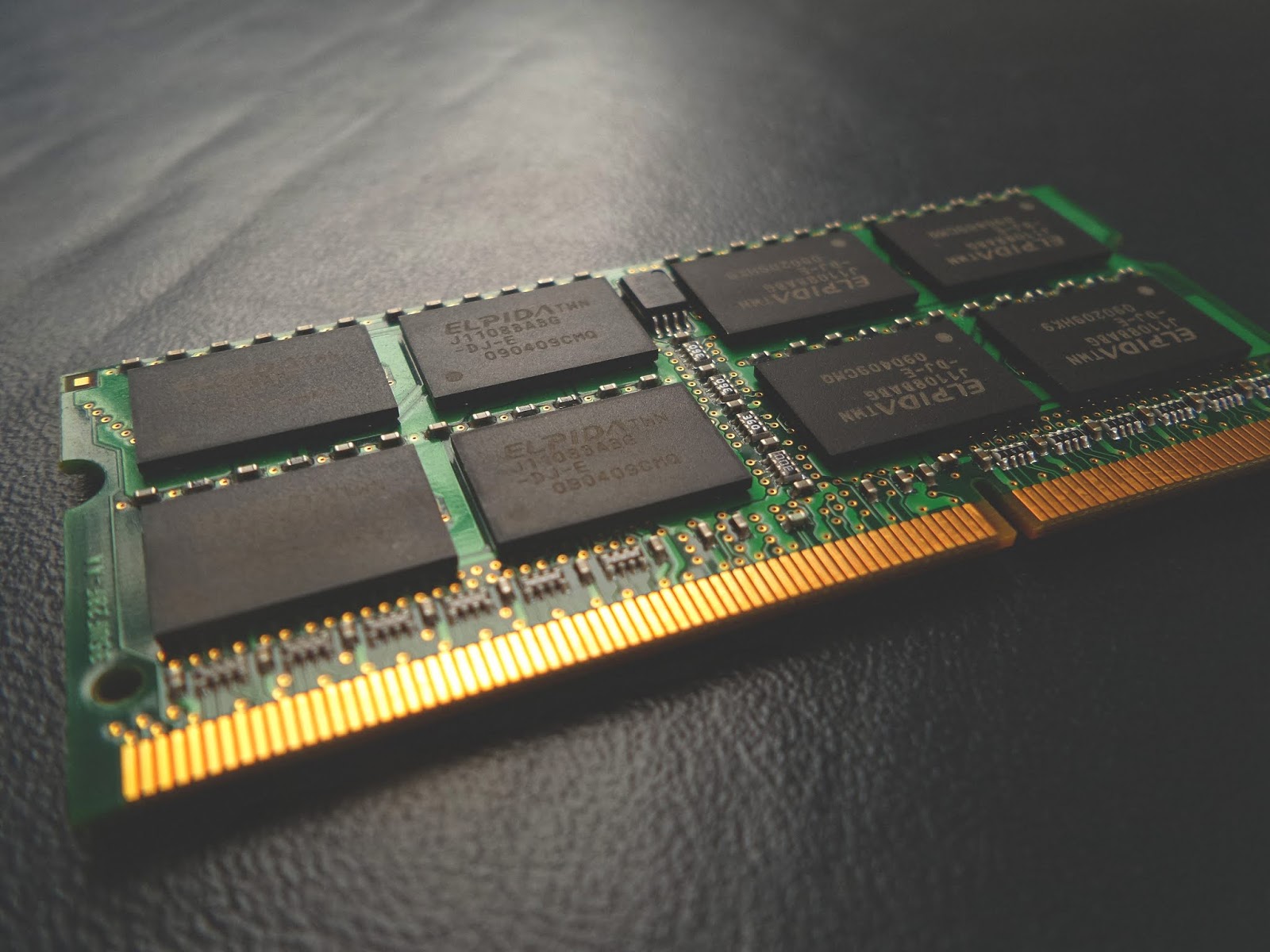

- MEMORY CLEAN SCRIPT HOW TO
- MEMORY CLEAN SCRIPT FOR WINDOWS 10
- MEMORY CLEAN SCRIPT SOFTWARE
- MEMORY CLEAN SCRIPT CODE
It is a feature-rich application that not only works as an auto RAM cleaner for Windows 10 but also as a PC care tool.

MEMORY CLEAN SCRIPT SOFTWARE
What do we love about this Windows speed booster software ? If you want to make your PC run like a new one then this is a perfect fit for you. IOIO System Mechanic – Fix and Speed Up Your PCĪnother impressive best RAM cleaner and booster software that you can pick for your Windows device is IOIO System Mechanic.

MEMORY CLEAN SCRIPT CODE
However, we can’t put it in the source code because the whole source code will be read in memory. We want to test having a secret variable in memory. If you always want core files, use ulimit -c unlimited.Īfter configuring that we want core files, we can call os.abort() in Python to exit our program and dump the memory. ulimit -c determines the maximum size of a core file./proc/sys/kernel/core_pattern - contains the filename to create or program to execute.There are several settings that influence whether a core file is created when a program exits abnormally: This can be done with the command gcore (after installing gdb), or by aborting the process and letting the operating system create a core file. Instead of doing this, it may be easier to use a real debugger like gdb to dump the memory to a file.Īnother way is to create a core file. Reading memory of other processes is not allowed unless you attach a process using ptrace. You can then seek to that position and read a blob of memory. The file /proc/self/maps shows which address contains what. The contents of the file correspond with the address space of the memory, and not all addresses have memory mapped to them. Create a core file using either gcore or by aborting the program.Īny process can read its own /proc/self/mem memory file, but only at specific offsets.There are a couple of ways to read the memory of a process: We are going to create a Python script that stores a secret key in a variable, and then we read the memory of this process to see whether the secret is present in memory.
MEMORY CLEAN SCRIPT HOW TO
This post discusses how to do this in Python.

The post “Clearing secrets from memory” discussed that it might be beneficial to clear secrets from memory after using them.


 0 kommentar(er)
0 kommentar(er)
